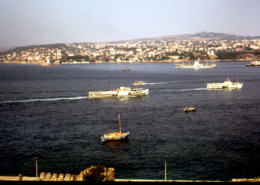
View of Bosphorus from Topkapi Palace
Built by Sultan Mehmet the Conqueror upon conquering Constantinople from the Byzantines.
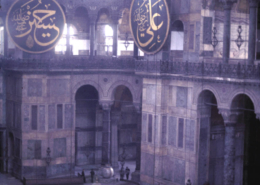
Nave of the Hagia Sofia, Partial View of Nave
The nave of the Hagia Sofia contains conches, apses at four corners, tympanum walls, columns and capitals, a dome, and two semi-domes. It also contains six painted wooden plaques with the names of God, Muhammad, and the four rightly guided caliphs (Abu Bakr, Umar, Uthman, and Ali) created by Mustafa Izzet Efendi.
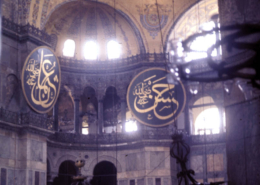
Nave of the Hagia Sofia, Partial View of Nave
The nave of the Hagia Sofia contains conches, apses at four corners, tympanum walls, columns and capitals, a dome, and two semi-domes. It also contains six painted wooden plaques with the names of God, Muhammad, and the four rightly guided caliphs (Abu Bakr, Umar, Uthman, and Ali) created by Mustafa Izzet Efendi.
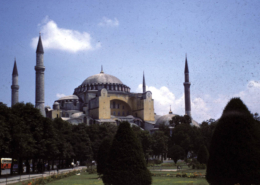
Hagia Sofia (Aya Sofya), View of Hagia Sofia from the Southeast
Originally commissioned as the Cathedral of Byzantine Constantinople. When Mehmet II (the Conqueror) conquerored Constantinople it was converted into a mosque in May 1453. In 1934 it was made into a museum. Hagia Sofia means 'divine wisdom.'
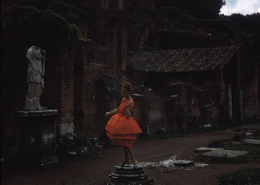
The House of the Vestal Virgins, Modern Reconstruction of a Statue of a Vestal Virgin
This structure was originally built in the archaic period, as was the adjacent Temple of Vesta. It was often rebuilt because of fires. The last occasion was during the reign of L. Septimius Severus (193-211 CE). Six priestesses dwelt herein and tended the sacred fire of Vesta, goddess of the Hearth.
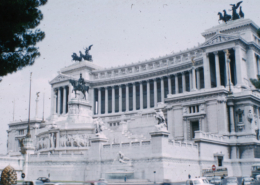
The Victor Emmanuel II Monument, View of Front from the Piazza di Venezia
Known also as the "Wedding Cake" or the "Typewriter"
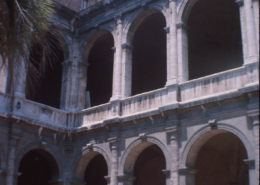
Palazzo di Venezia, View from Inner Courtyard with Tower Tower
The identity of the architect is disputed. Other candidates are Giuliano da Maiano, Bernardo Rossellino and Leon Battista Alberti.
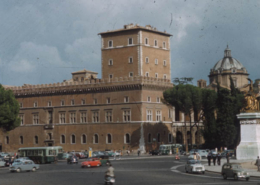
Palazzo di Venezia, View from the Piazza di Venezia
The identity of the architect is disputed. Other candidates are Giuliano da Maiano, Bernardo Rossellino and Leon Battista Alberti.
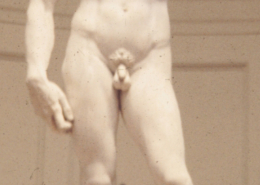
David, Front view of Statue
Commissioned by Guild of Wool Merchants and placed in Palazzo Vecchio, Town Hall.
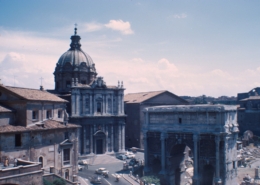
The Arch of Septimius Severus
This arch was erected to celebrate the tenth anniversary of the reign of the emperor L. Septimius Severus and his victories over the Parthians along the empire's eastern frontiers. It also commemorates his children, the future emperors Caracalla and Geta. When Caracalla murdered Geta in 212 CE, Geta's name was removed as part of an official policy of damnatio memoriae.

